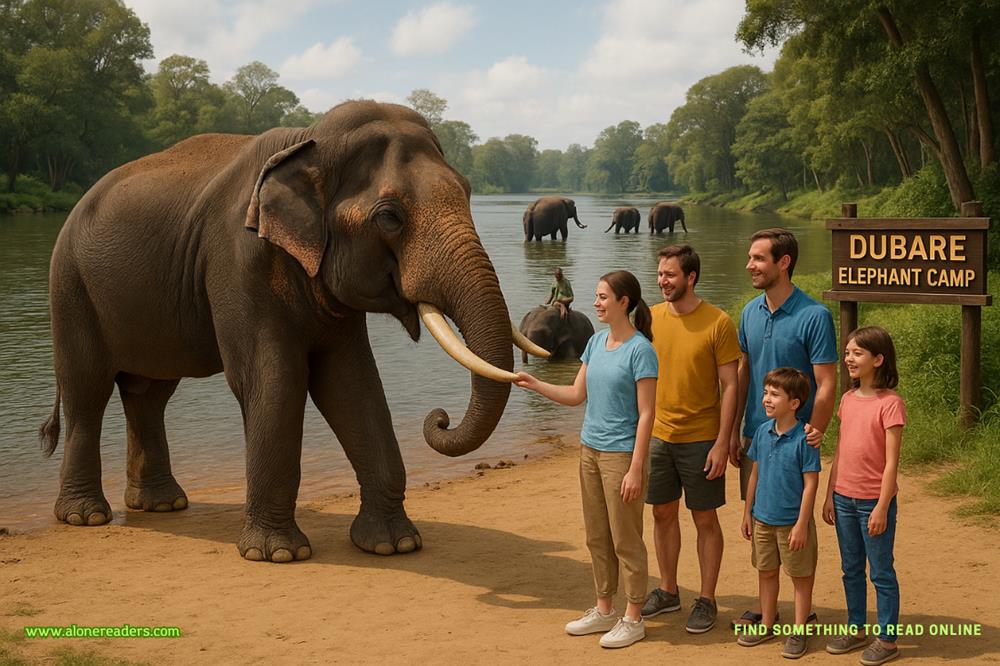Page 25 of The Cabinet of Dr. Leng
D’Agosta gasped involuntarily. The curator was sprawled grotesquely on the floor of the freezer, on his back, head raised, mouth open in a frozen grimace, eyes wide and covered with frost—dressed in only his underwear and one sock. The rest of his clothes lay scattered around—suit jacket, pants, vest, shoes. But no coat.
The first team went in, D’Agosta standing at the door watching. The photographer began taking pictures, and the trace evidence collection team started in with tweezers and ultraviolet light. The coroner leaned over the body, examining it closely from head to toe.
D’Agosta turned to the director. “What’s his name?”
“Eugene Mancow.”
“Why didn’t he have a coat?”
“I don’t know.”
“Any idea what he was doing in here?”
“That’s a mystery. This freezer belongs to Mammalogy, but he’s from Anthropology. We know he wasn’t in here at close of day, so whatever happened must’ve happened overnight. A lot of curators work late, and there’s no special security up here beyond the usual locked doors, to which he’d have a key.”
“Are there any anthropological items in this freezer?”
“No, they have their own storage areas.”
D’Agosta pulled out his flashlight and examined the open freezer door. It was clearly of vintage make, massive, dented, and greasy. There was a latch on the inside markedEMERGENCY RELEASE. It was pulled into the upmost position.
“That’s what you use,” Cartwright said, “if you’re accidentally locked in there.”
“Looks like it didn’t work.” D’Agosta examined it closely with the flashlight and turned to Caruso. “We’re going to need to pull some latents off this.”
Caruso nodded.
“Did you bring a firearm and tool guy? I want someone to examine this mechanism.”
“That would be Paul Nguyen. Hey, Paul!”
One of the CSU guys came over.
“Will you take a look at that emergency release,” D’Agosta asked, “and see why it didn’t work?”
“Sure thing.” The man immediately got to work, unscrewing the covering plate and peering in with a headlamp, poking around.
The coroner emerged, shivering. “Done and ready to be bagged.”
“Time of death?”
“I would guess fairly early in the evening, given he’s frozen all the way through. I’ll have to do some calculations back at the lab.”
“What’s with the strip-down? Who did that?”
“He did,” said the coroner, peeling off his gloves and rubbing his hands together.
“Hedid? How do you know?”
“It’s called ‘hypothermic undressing.’ Very common in such circumstances. A person freezing to death eventually starts to feel unbearably hot, and they often tear off their clothes.”
D’Agosta winced. Weird shit.
“Um, Lieutenant?” It was Nguyen, peering into the release mechanism with his light. “Take a look.” He backed away and shone his light on a small brass lever inside the hollow door. It had been filed through, the cut fresh and gleaming.
“That confirms it,” said D’Agosta. “Homicide.”
17















